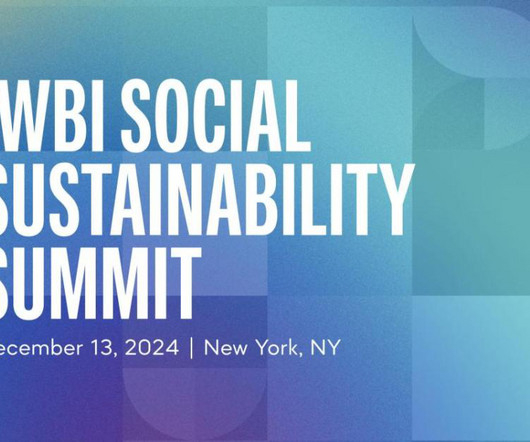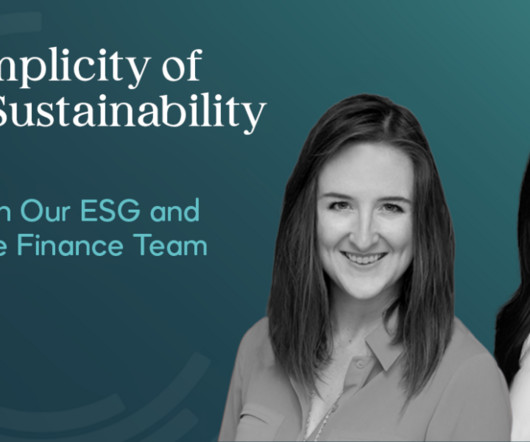IWBI Announces Inaugural Social Sustainability Summit in New York
3BL Media
NOVEMBER 21, 2024
NEW YORK, November 21, 2024 /3BL/ - The International WELL Building Institute (IWBI) is proud to host its inaugural Social Sustainability Summit in New York City on December 13.














Let's personalize your content